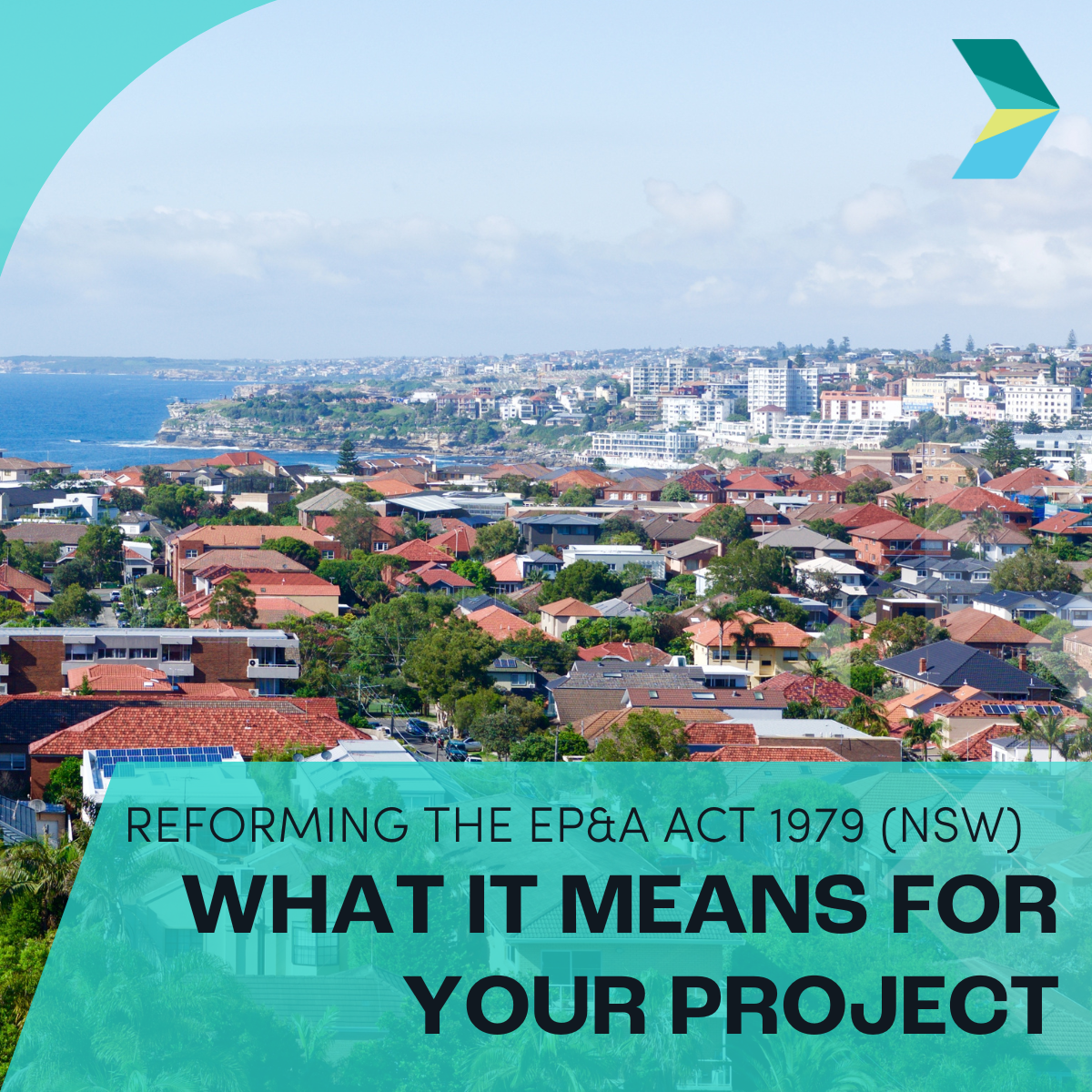Updated - Reforming the EP&A Act (NSW) and what it means for your project
In late 2025, the NSW Government introduced the Environmental Planning and Assessment Amendment (Planning System Reforms) Bill 2025, marking a major shift in how housing, infrastructure and energy projects are assessed in NSW. Since then, the Bill has passed Parliament and several key updates have clarified how the reforms will operate in practice.
First published on 14 October, Environmental Project Manager Pat Illingworth has updated his overview of the changes most relevant to resource, energy and infrastructure proponents.
Updated Objects of the Act
The objects of the Environmental Planning and Assessment Act 1979 (EP&A Act) have been modernised to prioritise:
housing supply, including affordable housing
climate resilience and natural disaster preparedness
a proportionate, risk-based approach to assessment
References to ‘environmental protection’ and ‘health and safety of building occupants’ have been removed.
Clearer, faster modification pathways
The reform package reshapes the three modification pathways:
section 4.55(1) now captures modifications with no environmental impact and must be determined within 14 days, or they are deemed approved
section 4.55(1A) is limited to modifications that change the physical form or social impacts but result in minimal environmental impact
section 4.55(2) remains unchanged
Additional updates confirm that concept approvals can be modified or surrendered so later applications can benefit from updated planning controls.
Development Coordination Authority finalised
The new Development Coordination Authority (DCA) will become the single point of contact for integrated development, replacing referrals to up to 22 agencies. The DCA will issue general terms of approval but proponents must still secure final secondary approvals from the relevant regulators.
Changes to determination pathways
The reforms remove ‘regionally significant development’ as a statutory category. These projects will be treated as local development, with councils and local planning panels resuming determination responsibilities.
More transparency on conditions of consent
Consent authorities must now issue draft conditions for review before determination, with proponents able to provide written feedback. A new framework of standard conditions will be embedded in SEPPs to improve consistency across councils.
New ‘targeted assessment development’ pathway
A new category sitting between complying development and full development consent will be introduced through SEPPs. Its scope is still being defined, with some concern about how broadly it may apply, particularly for major projects.
What this means for proponents
Overall, the reforms are designed to streamline assessments, accelerate low-impact modifications, consolidate agency input, and standardise consent conditions. At the same time, strengthened EPA powers and broader affordable housing requirements mean proponents need to carefully consider environmental risk and development feasibility early.
If you’d like tailored advice on how these reforms affect your project, contact our NSW team in Armidale or Newcastle. We can help you navigate the new pathways, manage approvals efficiently, and position your project for success under the updated EP&A Act framework.

